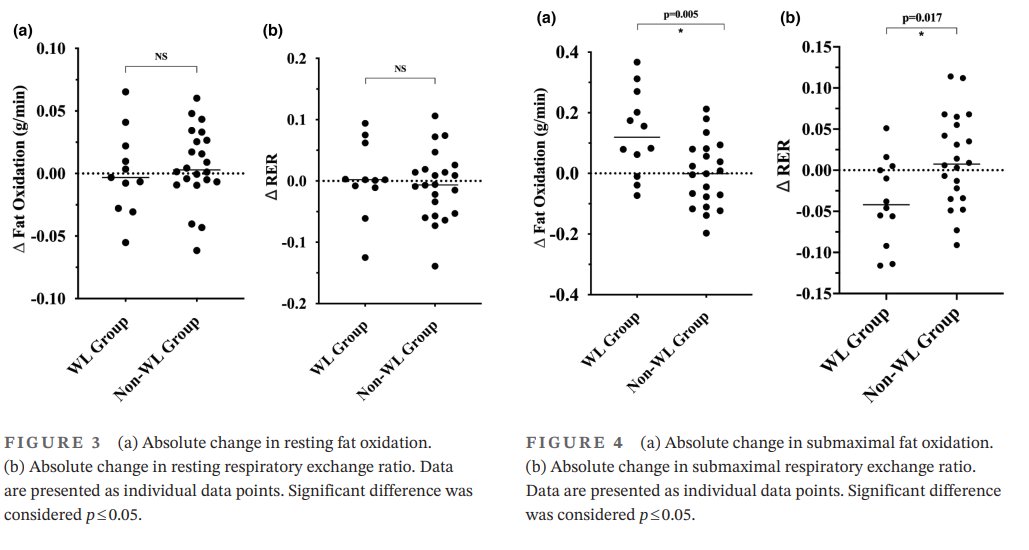Interestingly, this one suggests that low-intensity walking with the addition of blood flow restriction shares acute metabolic characteristics similar to loaded walking with 15% of body mass in adult males.
- Twelve healthy adult males completed five bouts of 3-min treadmill walking at 4.8 km/h with 1-min rest interval under three different conditions:
1) blood flow restriction
2) loaded with 15% of body mass
3) loaded with 15% of body mass with blood flow restriction
2) loaded with 15% of body mass
3) loaded with 15% of body mass with blood flow restriction
- V̇O2 increased by 7% during the loaded+BFR condition compared with BFR or loaded conditions.
- No statistically significant differences in V̇O2 between BFR and loaded were observed.
- Loaded+BFR were associated with lower (−9%) muscle oxygen saturation and deoxygenated hemoglobin compared to the loaded condition.
Comparable Acute Metabolic Responses when Walking with Blood Flow Restriction and Walking with Load Carriage: Implication for Tactical Professionals (open access)
ncbi.nlm.nih.gov/pmc/articles/P…
#exercise #GymTime #muscle #strength #lift #GetStrong #cardio #hiit
ncbi.nlm.nih.gov/pmc/articles/P…
#exercise #GymTime #muscle #strength #lift #GetStrong #cardio #hiit
• • •
Missing some Tweet in this thread? You can try to
force a refresh

 Read on Twitter
Read on Twitter







